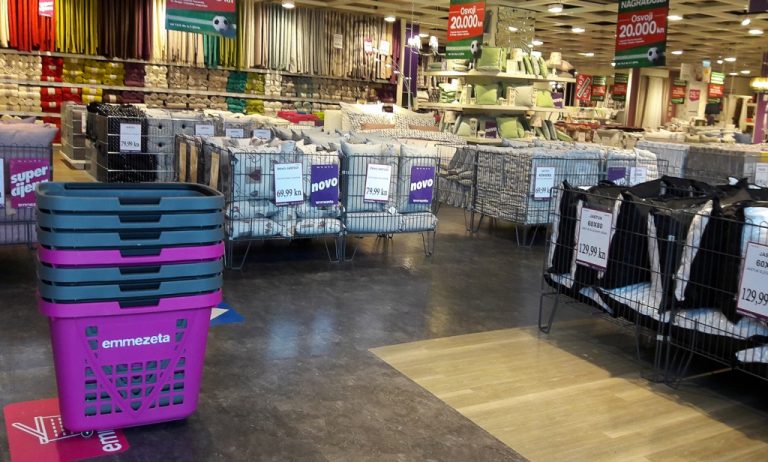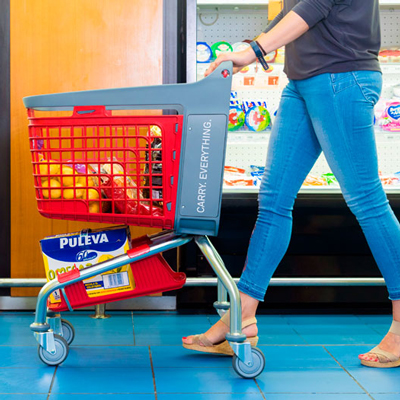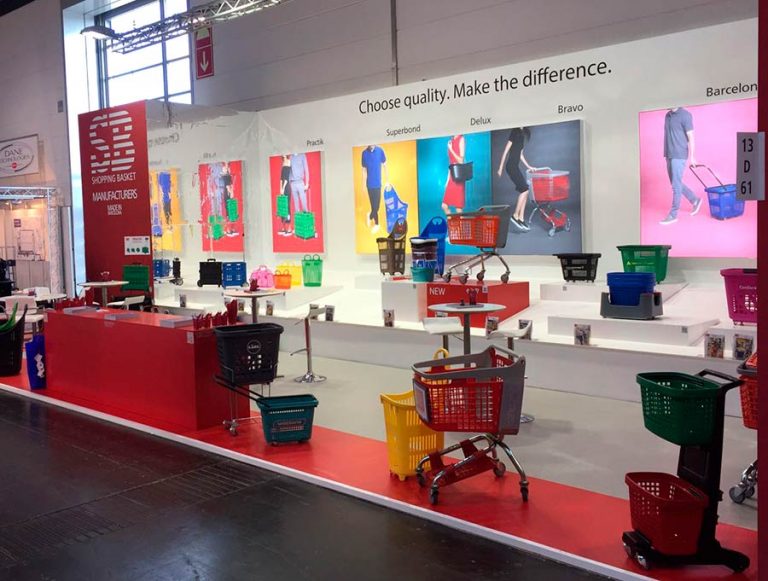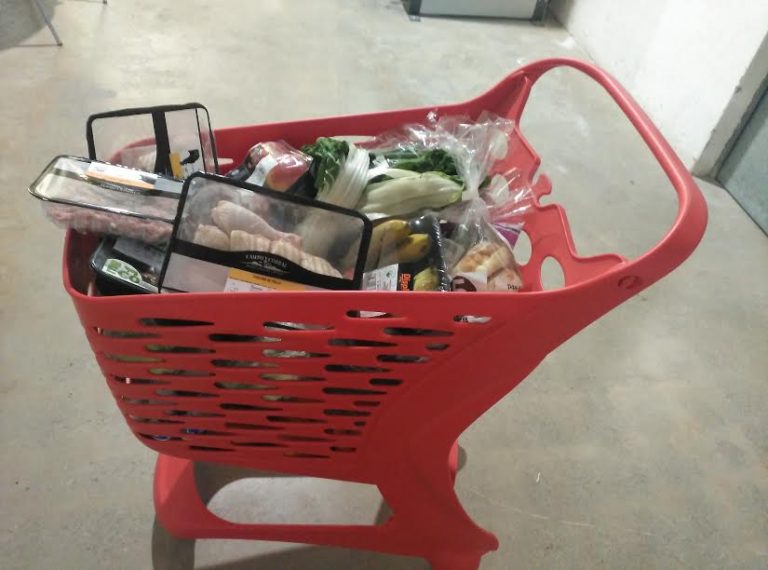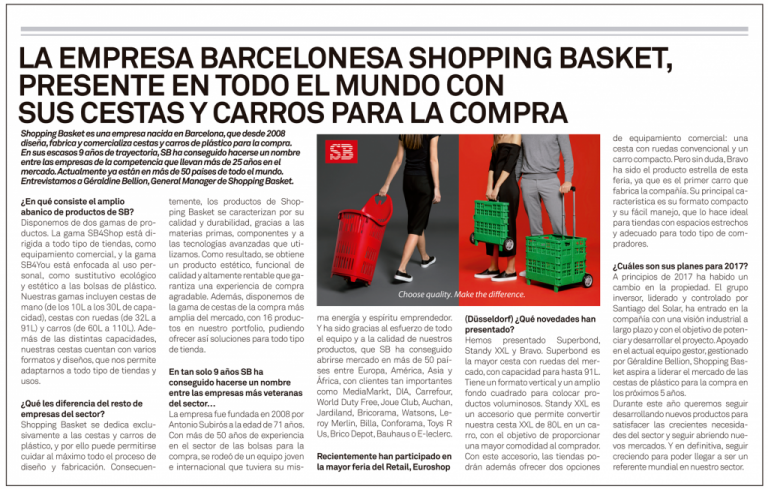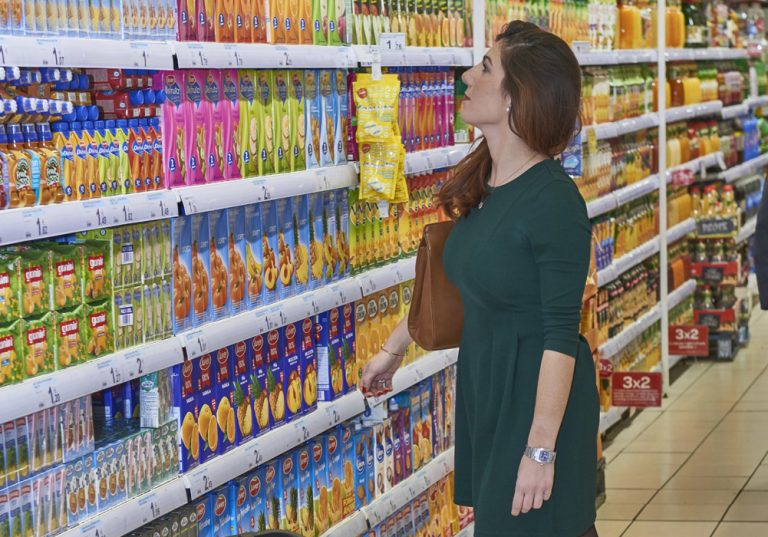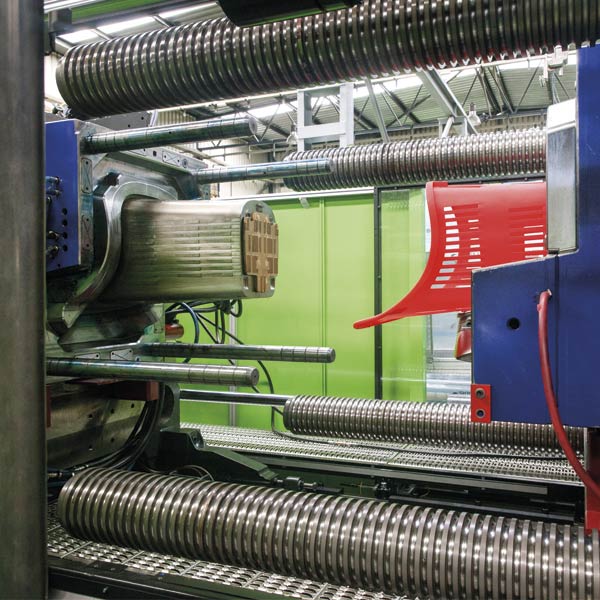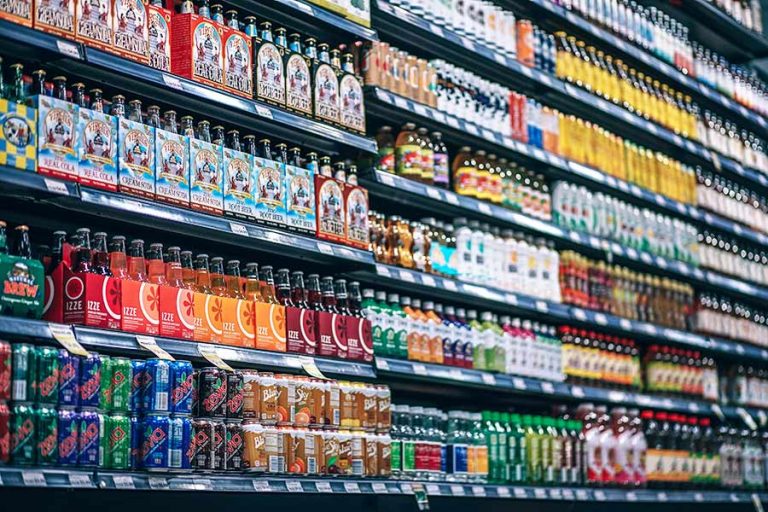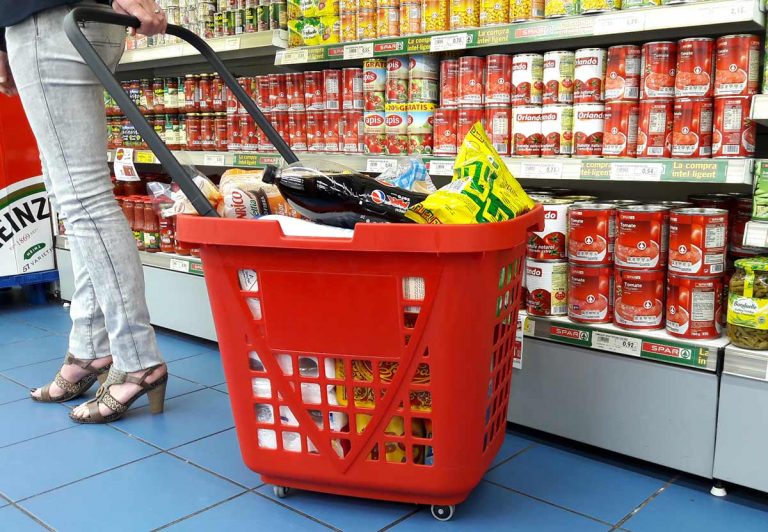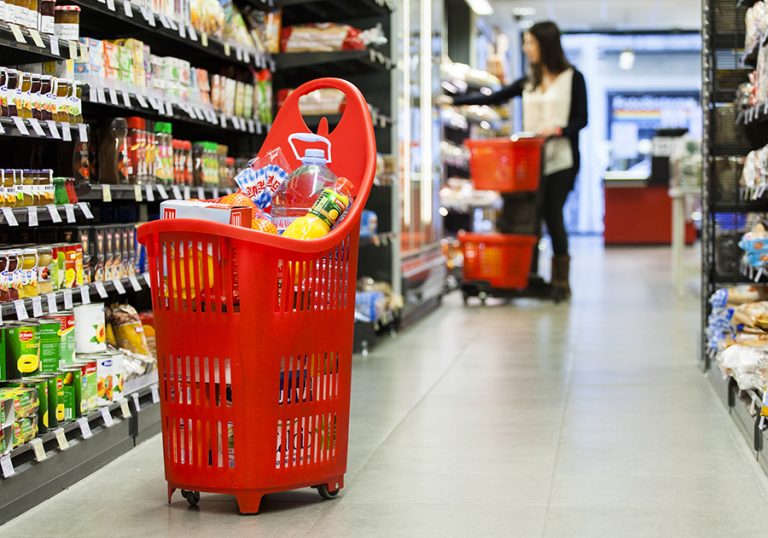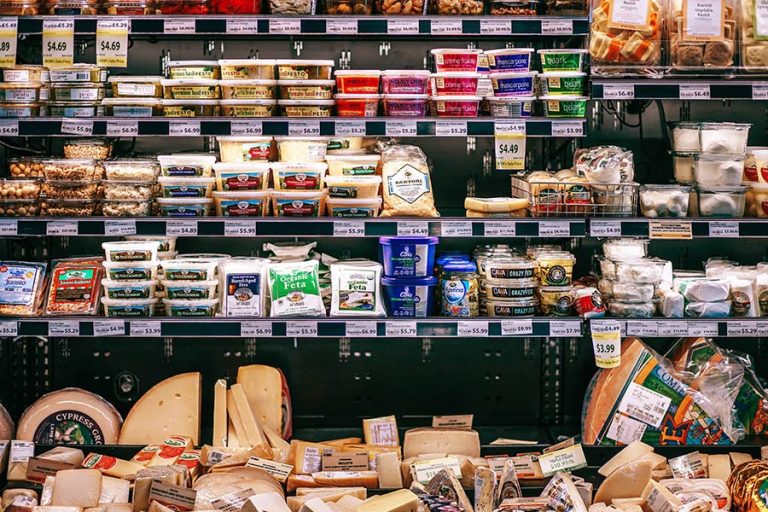While internally moving complicated reusable packaging systems can be challenging, it is at the same time one of the greatest opportunities for people to reduce their footprint on the environment and also decrease the costs in the long run. Success extended to the gateways through innovative ways of insisting on packaging lifecycle optimization, efficiency, and no customer pain. Listed below are some essential elements of designing an effective reusable packaging logistics system:
1. Managing Returns within Reusable Packaging Logistics
The success of any reusable packaging system relies on the ability of an enterprise to have in place adequate mechanisms to reclaim packaging from that customer. Strategies include the following:
- Drop-off Points: These can be in-store, post offices, or automated centers where the customers will deposit the reusable packaging for return.
- At-Home Collection: Services that collect used packaging upon delivery of a new order, making return easier.
- Customer Incentives: Discounts or loyalty points may be required when packaging is returned to stimulate the rate of return of packaging and smoothen the reusable packaging process.
- By incorporating these approaches, companies can create a sustainable, customer-friendly system that maximizes the benefits of reusable packaging.

2. Tracking in the Life Cycle of Packaging
Tracking systems, among the technologies being utilized, for instance, by businesses using reusable packaging, include RFID and QR codes that can trace the life cycle of reusable packaging. Such technology facilitates the documentation of the number of cycles for each piece of packaging and identifies when it would be time to replace or repair them, optimizing logistics for reusable packaging.
3. Maintenance and Cleaning in Reusable Packaging Logistics
For every cycle of reusing these packages, cleaning and reconditioning are required to ensure the quality and safety of products during transit. This process supports effective reusable packaging logistics throughout the entire distribution chain.
4. Environmental Impact of Reusable Packaging Logistics
This is better understood by comparing the positive environmental influence of the reusable packaging system to the single-use packaging system throughout the product lifecycle. Reusable packaging logistics utilize only a fraction of raw materials, reducing carbon footprints and eliminating the accumulation of waste in landfills. Additionally, reusable packaging can complete 50 to 100 cycles, replacing a significant amount of disposable packaging, thereby enhancing sustainability.
5. Maintenance and Cleaning in Reusable Packaging Logistics
Despite the benefits of reusable packaging, several challenges remain in logistics:
- High Initial Cost: The production cost of reusable packaging tends to be higher than disposable alternatives, posing a significant barrier for businesses with limited budgets.
- Reverse Logistics Management: The return and reutilization of packaging can be complex, requiring systems to minimize costs and simplify the process for customers.
- Customer Education: Raising awareness among customers about the importance of returning reusable packaging is essential to maximizing its sustainable benefits.

6. Technological Innovations in Reusable Packaging Logistics
Technologies such as artificial intelligence and big data analytics enable the optimization of collection and delivery routes, reducing logistics costs and environmental impact. Additionally, blockchain technology enhances tracking and transparency throughout the packaging lifecycle, improving the experience for both businesses and end customers.
7. Supply Chain Collaboration for Reusable Packaging Logistics
Collaboration between companies facilitates the implementation of shared collection and return networks, streamlining the logistics of reusable packaging. Partnering with retail stores, courier services, and logistics hubs optimizes the collection process, lowering costs and strengthening sustainable infrastructure.
Conclusión
Reusable packaging logistics presents a unique opportunity to simultaneously reduce environmental impact and operational costs. Despite the challenges, a shift towards more sustainable logistics is achievable through the use of advanced technology and inter-company collaboration. Implementing reusable packaging logistics enables businesses to meet the demands of a more environmentally conscious market, contributing to a more efficient circular economy.
 Sign up for our newsletter and be the first to receive our articles!
Sign up for our newsletter and be the first to receive our articles!

 Sign up for our newsletter and be the first to receive our articles!
Sign up for our newsletter and be the first to receive our articles!
